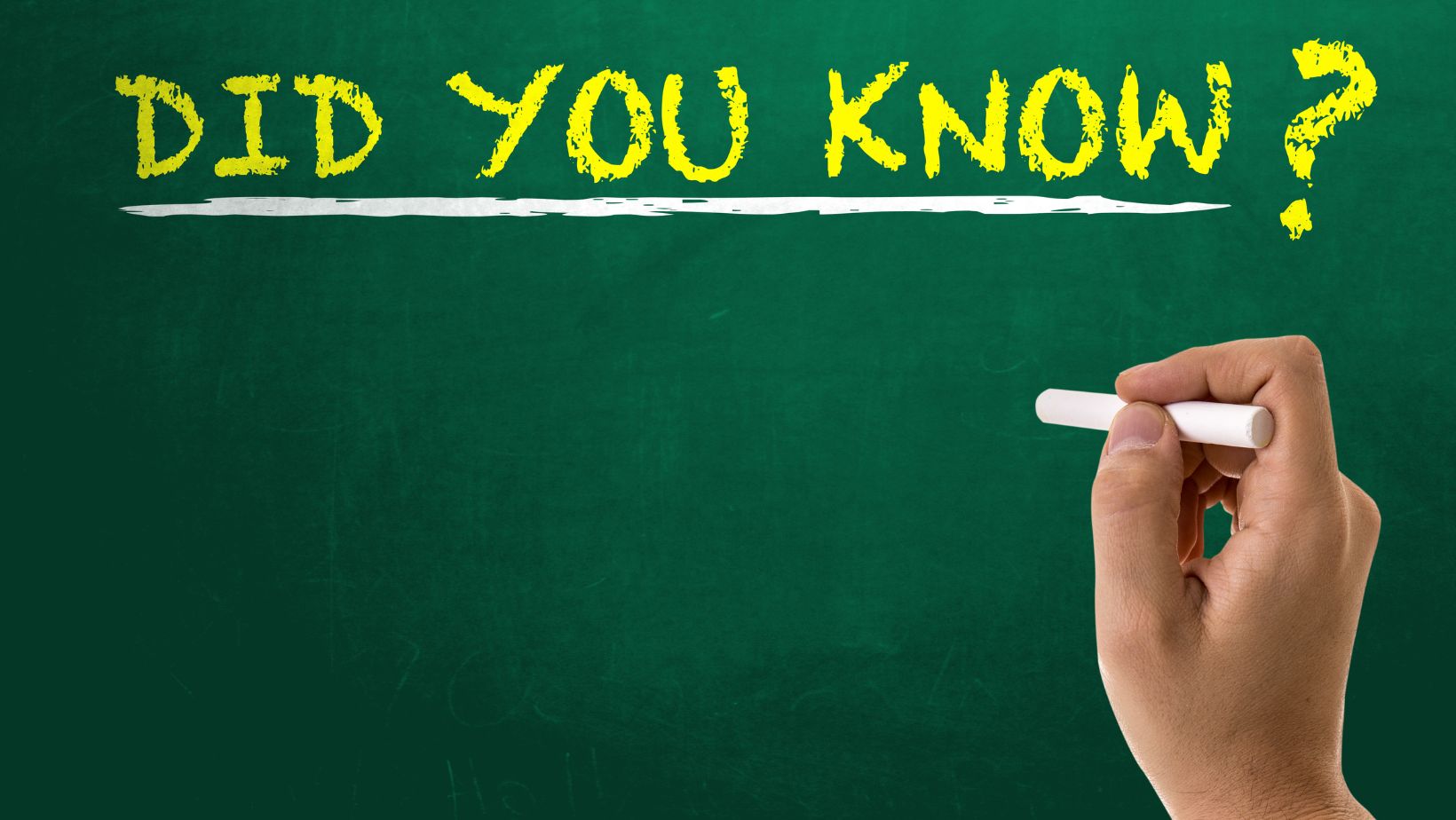Vegetable Gardening for Beginners
As we navigate the ins and outs of home vegetable gardening, it’s essential to plan and understand several key points. We assure you, with some perseverance and hard work, you can create a thriving vegetable garden at home.
Choosing the Right Plants
You’re not confined to just carrots and tomatoes in your garden when starting out! Aim for a mix of easy-to-grow vegetables and herbs that you and your family enjoy eating.
- Start with lettuce, spinach, and other fast-growing “cut-and-come-again” greens
- Peppers, squash, and cucumbers are disease-resistant and yield a high output
- Herbs like cilantro, parsley, and basil require minimal space and offer quick rewards
Soil Health and Sunlight
Understanding the importance of soil health and sunlight can revolutionize your vegetable garden.
- Soil Prep: Good soil is the foundation of a healthy garden. Amend it with compost and organic materials for vitality and nutrients.
- Sunlight: Most vegetables need 6-8 hours of full sunlight each day. Ensure your garden location gets enough light.
This information sets the cornerstone for successful vegetable gardening. Remember, a garden is a labor of love, so patience and persistence are needed side by side with your garden tools.
Starting Your Vegetable Plants
After formulating a gardening plan, the next key point in vegetable gardening for beginners is knowing how to start your plants. Trust us, it’s not as intimidating as it might appear. In fact, we’ll walk you through two main options: starting from seeds or buying seedlings.
Seeds vs. Seedlings
To decide between the two, consider factors like your budget, available time to nurture seeds, and local climate. If this is your first garden and you feel overwhelmed, starting with seedlings might be a bit easier. However, the joy in nurturing a plant from the very seed is indeed unparalleled.
Germination Requirements
Whether you choose seeds or seedlings, understanding germination requirements is crucial. Different seeds have unique germination conditions. For example, some seeds germinate best when temperatures are between 70°F and 85°F. Others need periods of cold to stimulate them to germinate—known as stratification.
Typical Germination Requirements to consider include:
- Soil temperature
- Moisture content
- Sunlight exposure
- Seed depth
It’s paramount to follow seed packet instructions as they provide specific details for each plant type.
Stay patient as nature takes its course. With the proper care, your seedlings will mature into healthy, productive plants ready to fill your garden with fresh produce.
Planting and Transplanting
Starting a home vegetable garden isn’t just about choosing the right vegetables. It’s about knowing how and when to plant them. That’s where we come in.
Planting Seeds
Planting seeds directly into your soil is a natural process that’s often quite rewarding. But remember, it’s crucial to make sure that you plant your seeds at the right time. Plants like leafy greens can handle a little frost but tomatoes will wither at the first sign of colder weather. When planting seeds:
- Be sure to read the instructions on your seed pack. It’ll provide all the necessary details like plant depth and spacing.
- Soil depth matters. Some vegetable seeds need light to germinate while others need darkness. If you plant your seed too deep or too shallow, it may not germinate at all.
- Water is essential but don’t drown your seeds. Keep the soil moist, not soggy.
- Seeds need warmth. Use a seedling heat mat if it’s still cold outside during your planting season. This promotes optimum growth.
We can’t stress enough how important it is to know the specific needs of your plants. Failure isn’t something to fear in the gardening world. It’s part of the journey and a great way to learn what works for your garden and what doesn’t.
Transplanting Seedlings
While starting seeds directly in the garden is great, some plants prefer to be started indoors and then transplanted. This is mainly because these plants need a jump-start on the growing season. To make sure your transplanting process goes as smoothly as possible:
- Always harden off your seedlings. This means gradually introducing your indoor-grown plants to the outdoor environment. Start with a couple of hours a day and slowly increase until they’re ready to live outside full-time.
- Be mindful of the transplanting time. For each kind of vegetable, there’s an optimal transplantation time. This is often after the last frost date for your area.
- Handle with care. When you’re ready to transplant, handle your plants gently. Be especially careful of the roots. Damaging them can cause all sorts of problems down the line.
We know it sounds like a lot of work, but really, it’s not as daunting as it looks. Transplanting seedlings is a crucial step to keeping your plants healthy and getting them off to the best start. In no time at all, you’ll have the hang of it.


